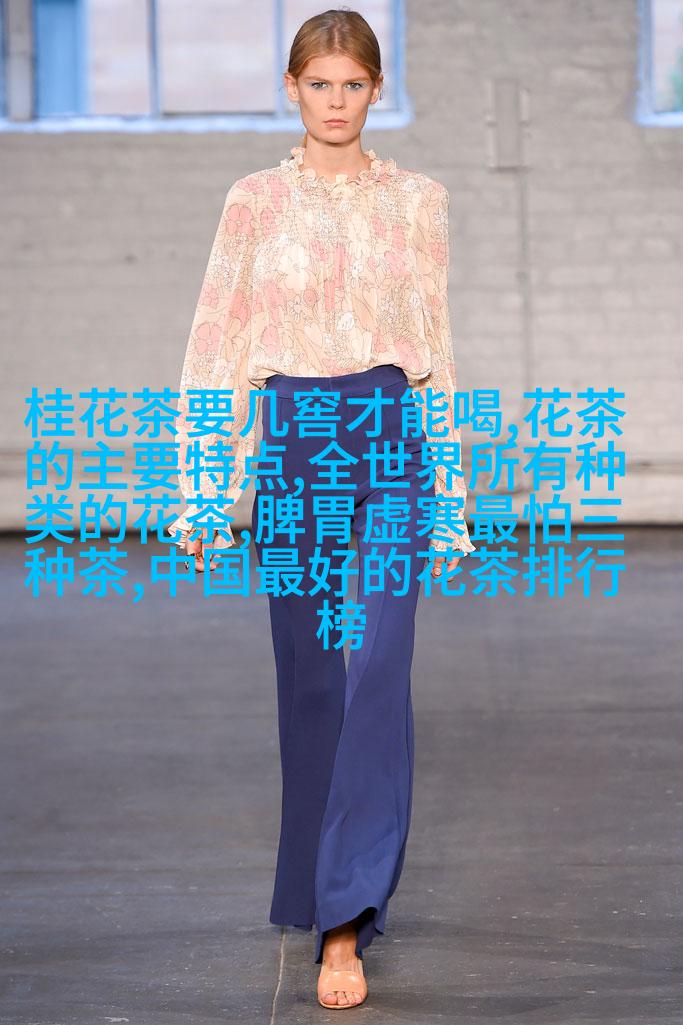China, a land of rich history and cultural heritage, has been synonymous with tea for thousands of years. The art of tea-making is not just about brewing leaves in hot water; it's an intricate ritual that involves the senses, the mind, and the spirit. This ancient tradition has evolved over time, yet its essence remains unchanged.

The earliest recorded evidence of tea consumption dates back to the Shang Dynasty (16th to 11th centuries BCE). Legend has it that Emperor Shennong discovered tea when leaves from a nearby tree fell into his boiling water. He found the resulting infusion refreshing and energizing. From then on, tea became an integral part of Chinese life.
The "Three Sents" - Introduction to Chinese Tea Culture

"The Camellia sinensis plant is native to China."
"Tea was used as a form of currency during the Tang Dynasty."

"The art of making Pu'er tea requires patience."
One point worth mentioning is that there are six main categories of teas in China: green teas like Longjing (Dragon Well), black teas such as Yunnan Gold, oolong teas like Ti Guanyin (Iron Goddess), white teas including Silver Needle White Peony, yellow teas like Huang Shan Yellow Buds, and finally pu-erh teas which are fermented instead being oxidized or unoxidized.

Another aspect worth exploring is how different regions have their unique styles when it comes to preparing their local brews. For instance in Fujian province they use gaiwan while in Anhui province they prefer yixing teapots due to its porous clay allowing even heat distribution which enhances flavor profile.
Moreover one cannot ignore the role played by Buddhist monks who popularized this beverage throughout Asia by taking them along on long journeys through various parts

...
